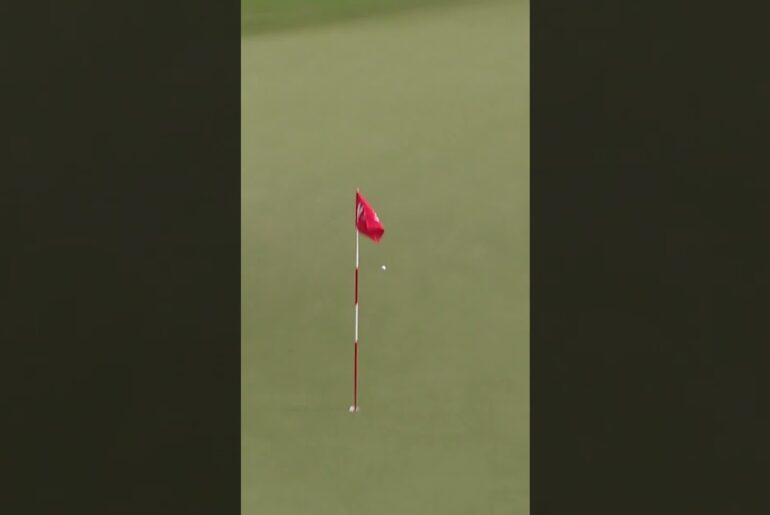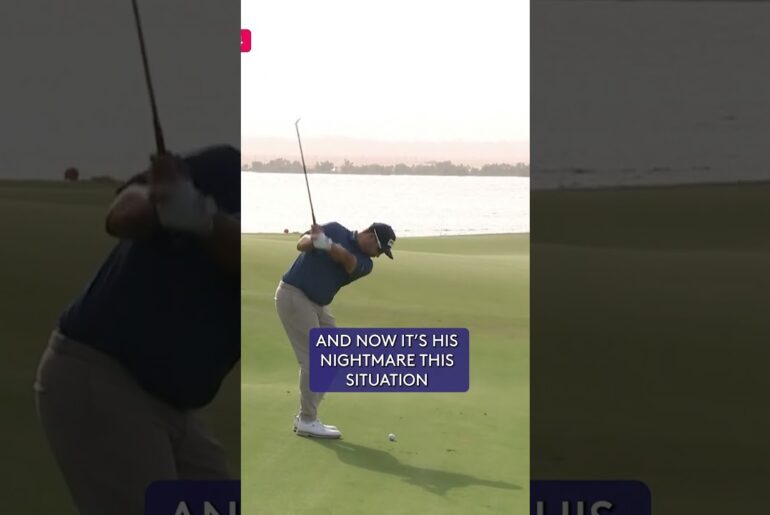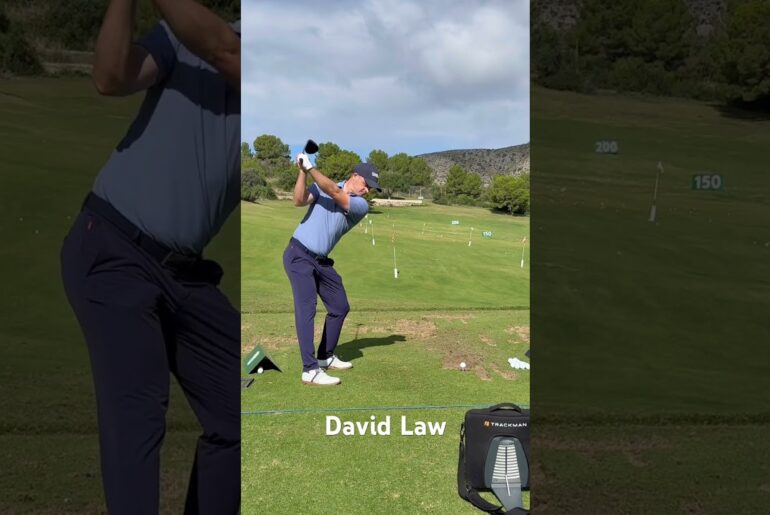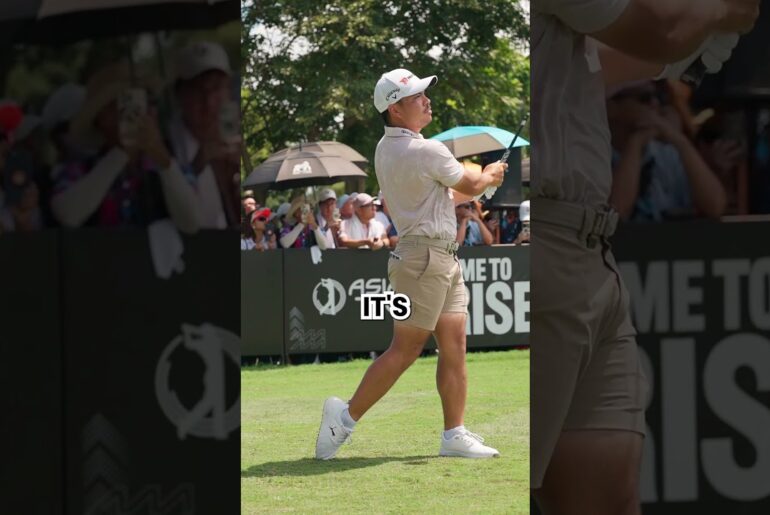What makes a 140mm travel bike outperform both shorter AND longer-travel rigs?
In this video, Spot’s Ryan Palmer teams up with lead engineer Andy Emanuel to give you a high-level look at the new technology, geometry, and ride philosophy behind our most advanced bike yet, the Mayhem 140.
This is the first video in a new series we’re working on to take you behind the magic, where we’ll unpack the ideas, designs, and philosophies that give Spot bikes their unique ride qualities.
Got questions? Drop them in the comments, we’re building future episodes around your curiosity.
➤ Learn more: [spotbikes.com/mayhem140]
➤ Subscribe for more behind-the-scenes and bike design insights.
#Mayhem140 #SpotBikes #CauseSomeMayhem #MountainBiking #TrailBike #BikeTech
in this non-escript building right here. And on those trails right back there, we developed one of the best trail bikes that’s ever been made. And I know that sounds unbelievable, but look, I’ve tested hundreds of bikes over the last 15 years, and I can honestly say that the Mayhem 140 is one of the best trail bikes I’ve ever been on. It is truly unique. I’ve never ridden a bike like it. I mean, I’ve ridden bikes that climb as well as this bike does, but those are all shorter travel bikes. I’ve ridden bikes that descend better, I guess, but those are enduro specific or downhill bikes or something. I’ve never ridden a bike that does both things this well. And I know that it’s been said a lot. I mean, it’s probably been said hundreds of times over the last 20 some odd years about trail bikes, but this is really delivering on it. And we’re hearing this from the media, too. We’re hearing it from everybody who rides it. People are coming back from rides and being like, how how did you guys do it? How did such a small company like Spot sort of outgineer the big brands uh in this quest to make the perfect trail bike without me needing to like flip any lockout levers or anything like that? So, I sat down with Spot’s lead engineer Andy Emanuel to try to explain some of this stuff. So, why don’t we just get into it? Let’s roll the reel and see you in the workshop. [Music] We’re here today in Spot’s R&D shop. This is uh where all of the prototyping and development happens. Uh this is where the magic happens. And we’re with the guy who makes that magic happen. Uh Andy is our lead engineer and uh he’s going to talk a little bit about the 140 today. Yeah. So the Mayhem 140 is our newest bike and it features some brand new technology for us and lately it’s been gaining a lot of recognition for having some really kind of special and unique ride qualities to it. Yeah. You know what we’re hearing people who ride and review this bike say, they talk about how this is a bike that kind of does it all. It’s it’s feels like a short travel bike when you want a short travel bike like in slower terrain or on climbs or you know just tighter technical areas. It doesn’t feel like it’s too much bike. It doesn’t feel unwieldy. It doesn’t feel like it’s fighting you. Uh and it doesn’t feel super heavy. You know, it’s very energetic. Has a lot of great power transfer. But then when the speeds come up, when you’re descending, when you get to open it up a little bit, you get that nice, deep, stable, plush feel to it, it feels like it has more travel than it does. It feels really intuitive and really trustworthy. Yeah, it’s really amazing. I mean, it has this feeling where it it feels like a shorter travel bike when you want it to, but then feels like a longer travel bike when you need it to. It’s doing this kind of like holy grail of trail thing that we’ve all sort of been like after for a long time. Everybody wants a bike that climbs really well but doesn’t hurt them on the downhills. And and the feedback that we’re getting from media from you know customers and everything is how are you doing this? How is it how is it doing it? So why don’t we start off by trying to like high level answer that question. Yeah. So, the the biggest piece of this is our latest iteration of our own living link suspension that we’re calling inversion uh for a couple reasons that we’ll get into in subsequent videos. But we’ve been working on this for a few years now. And the big thing that we can do with this new suspension technology is have a lot greater control over the kinematic behavior of the bike. Essentially, you can think of it as we’re giving you more of the good stuff and kind of dissipating some of the compromises that are inherent to bike suspension design. And we’re doing that all using fewer parts, less hardware, and not only relative to our outgoing designs, but relative to just about any other bike in this category on the market right now. That is something to pause on for a second, too, right? Because it really really is doing more with less. And that is a big part of our design philosophy where we’re really trying to take complex ideas and boil them down into into you know like simple ways of working. Um but the that that standout is it’s doing actually more than other designs can do and it’s doing it with fewer bearings, fewer parts, fewer pivots, all that stuff. Yeah, absolutely. And then one of the other cool things that that happens here is that with this new linkage arrangement, we’re able to kind of align the forces in the frame with the frame members a little better. I mean, when you look at this frame, you’ll see that it’s obviously a lot different to anything we’ve made before and pretty different to most other bikes on the market. Um, but what it means for us is that we’ve been able to use the material more efficiently, more intelligently, and the results speak for themselves. This bike is, this frame is 10% lighter than our outgoing Mayhem 130, yet it tests quite a bit stronger than our outgoing Mayhem 150. Yeah. It was kind of like, oops, we we went and replaced two bikes instead of one. Yeah. Yeah. We would we essentially benchmarked our own 130 trail bike. Um, and when I built the first uh prototype using this new suspension system, we were pleasantly uh reassured that the climbing performance outperformed the Mayhem 130. Yeah, absolutely did. It’s more efficient yet has more traction. The traction is key. But uh what was most surprising is that it was kind of giving the Mayhem 150 a run for its money on the descents. Yeah. And so we went back and tinkered around with the kinematics. We iterated some stuff on the on the prototypes and we bumped the travel up to 140. And now what we found is that we didn’t give away any of that climbing capability. It stayed the same. It stayed really awesome. some great power transfer, get great grip, but little extra travel meant that now we’re pring descents on test mules that uh you know we just speeds we hadn’t seen on our trail bikes before. And so essentially it this project evolved to the point where it took the place of two of our bikes. Yeah. Which really like puts a a stamp on the whole quiver killer thing. It’s like you know, of course it’s a little bit of a band term. It’s a little cringy, but it really did kill our own quiver, which I don’t know. I poetic justice or something, but yeah, I don’t know. So, we talked about a couple things already. We talked about living link inversion, huge bonus. Uh, we talked about the frame structure. That’s doing a lot to, you know, that’s another ingredient in this recipe. Uh, and then another one is is the geometry. And you know, I kind of like to call it like civilized trail geometry because uh when you look on it, look at the geo chart itself. You know, there’s nothing really that stands out on there that says like, “Oh god, this thing’s going to be a crushing descender.” You know, like there are other bikes that have slacker head angles. There are other bikes that have longer reaches and longer wheelbases and things like this. But we don’t actually have to rely on some of those things in order to create a stable and intuitive ride. And you know, you start to get these diminishing returns on some of that stuff where you make a bike really long and then it’s it’s harder for people to steer and it doesn’t feel as intuitive. And that’s a really big factor in what we’re trying to do with our bikes is make them intuitive from from day one so you can like enter that flow state. You know that that state where everything is just like perfect and time slows down and you’re doing everything right and it’s like you can anticipate everything on the trail. It’s like you have more time to do it, you know? Yeah. Like with this bike, you can actually you can actually get to that flow state more easily and you can stay there longer uh because it just it feels like a like an extension of of your body rather than you having to like muscle it around stuff, you know? Yeah. you don’t don’t have to think too much about what the bike’s doing. You can kind of look farther ahead down the trail and just feel more natural, feel more involved in the experience and less involved in managing the bike. But all of this was kind of borne out in a review Pink Bike did in that comparison test. Yeah, you know, they pitted this bike against seven other of the newest trail bikes on the market that are all kind of competing in this space and we won the climbing portion of that comparison and then we won the descending portion of that comparison. Yeah. And you’re not supposed to do that. You’re not supposed to be able to do that. Yeah. And like it could have been couldn’t have been predicted based on you know again people look reviewers they look at the geo charts and they’re like making you know judgment calls based on that you know we all kind of do that. Yeah. There were some preconceived notions for sure. Yeah. Exactly. And it’s funny this bike is like a study in you can’t judge a book by its cover. You can’t judge a bike by its geo or even its travel. Mhm. Uh, and that’s been a that’s been a really fun thing to sort of hear back from others on. And some of this val validation is really is really cool to hear because, you know, when I first hopped on this bike, I was like, “Oh my god, dude. This is really good.” I’ve ridden a lot of bikes uh in in my time as a tester previously and and it’s only a handful of times where you get where I in my life have experienced a bike that just feels that good right off the bat. And yeah, it’s it’s awesome to see that. Uh, and uh, it’s really cool to get that validation from the media and and our customers out there who are appreciating the the Mayhem 140. Um, and we’re going to dive a lot deeper in on all this stuff. You know, we’ve touched on some of the philosophy behind what we do here and why uh, you know, make we make some of the decisions we do around geometry and suspension design and all that. So, we’re going to go deeper on all this stuff. Yeah. And thank you everybody for watching. Stay tuned if you want to see more because there’s lots more to come. And leave comments below. Put some questions in there and we’ll uh do the best we can to include those and answer those in uh upcoming videos.








2 Comments
I loved my Spot Ryve 115. Moving to a different part of the country now where a 140 may be useful. Will have to keep an eye out from Spot when I need another new bike.
I’ve owned a gen 1 mayhem 130, gen 1 Ryve115, carbon rocker, and steel rocker. Absolute amazing bikes. There is something amazing about a Spot bike. I’m getting an itch to get the mayhem 140. Thanks Spot!